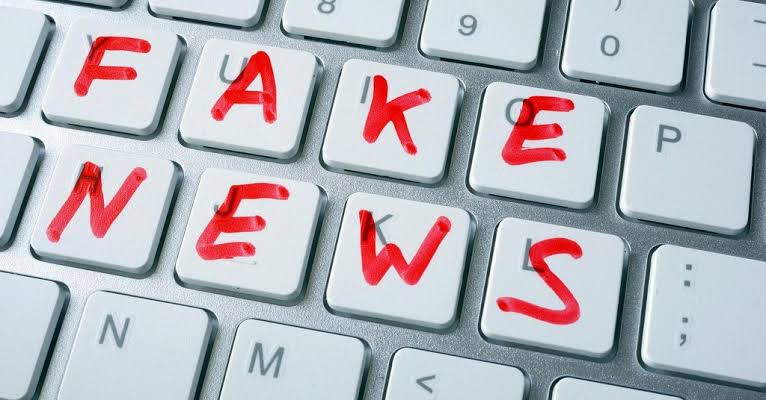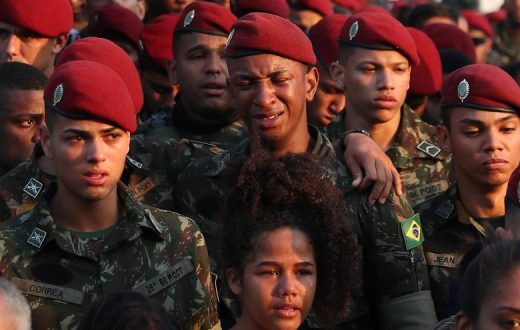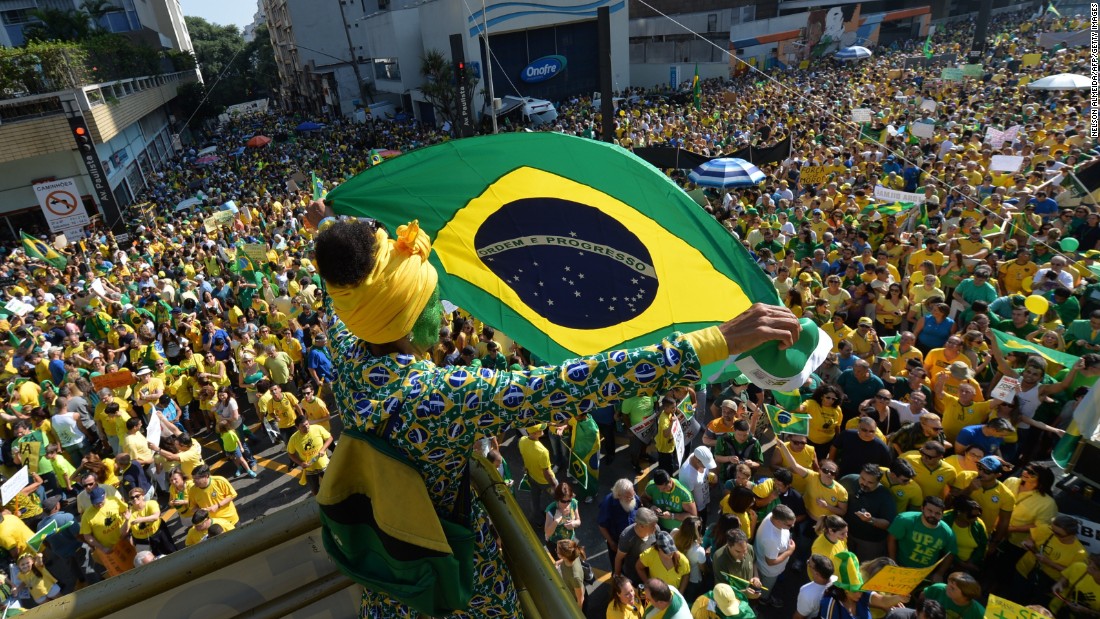The Superior Electoral Court had three presiding justices this year – and each stressed the need to counter the power of fake news on voters’ minds. The court created a committee to monitor online campaigning (which didn’t hold a single meeting during the first-round campaign). If the 2018 election will be remembered for one thing, it will be for the rise of fake news.
This week, members of the Superior Electoral Court will meet with the two remaining presidential campaigns to discuss the spreading of fake information, and will have a conference call with WhatsApp representatives. But it might be too little, too late.
On Sunday, October 7, Brazilians headed to the polls for the first round of the 2018 elections. That weekend alone, fact-checking agency Aos Fatos debunked 12 rumors that combined for 1.17 million shares on Facebook. Among these falsehoods, the pieces which had the most traction were those related to fraudulent electronic voting machines. Rumors around that subject amassed at least 844,300 shares.
No other topic generated as much engagement. An example of other pieces of fake news with much, much fewer shares was a doctored picture of actor Rodrigo Santoro (Love Actually, Lost) wearing a t-shirt in support of far-right candidate Jair Bolsonaro. While the photo montage attracted 57,000 shares, it paled in comparison with conspiracy theories surrounding voting machines.








